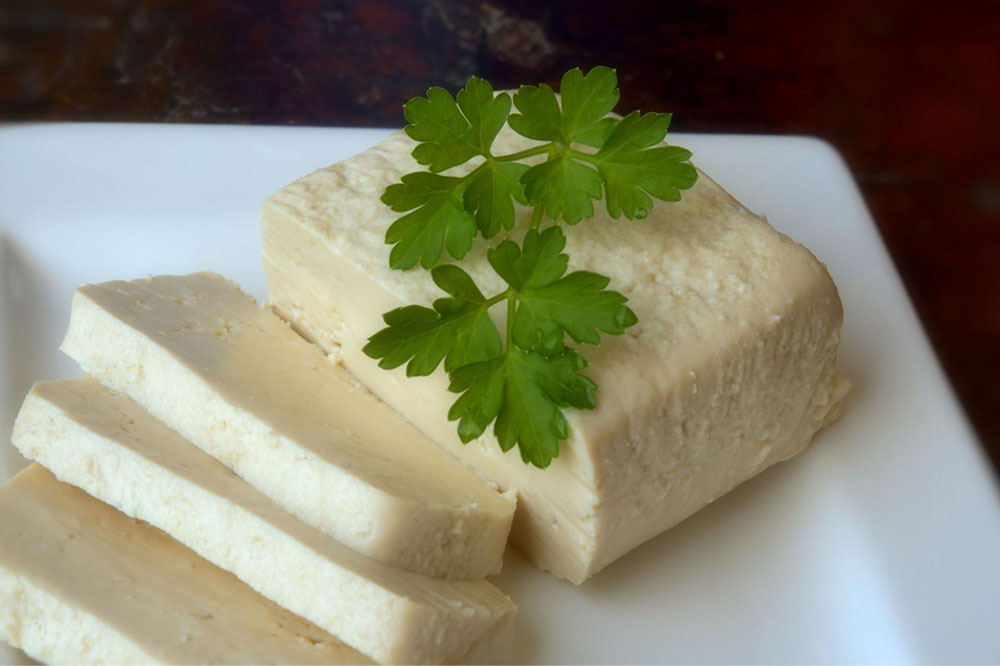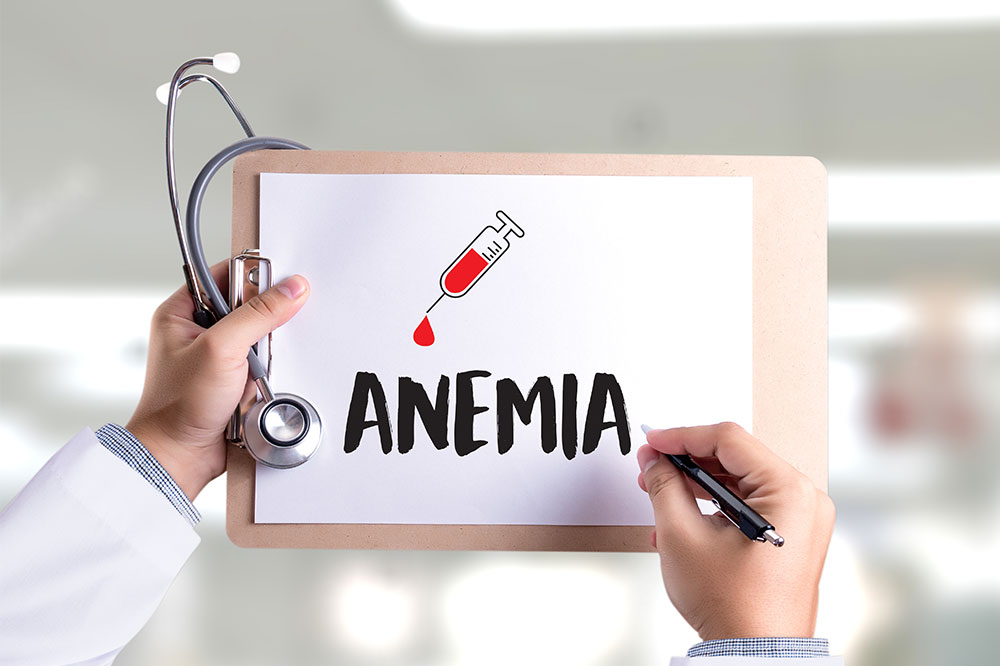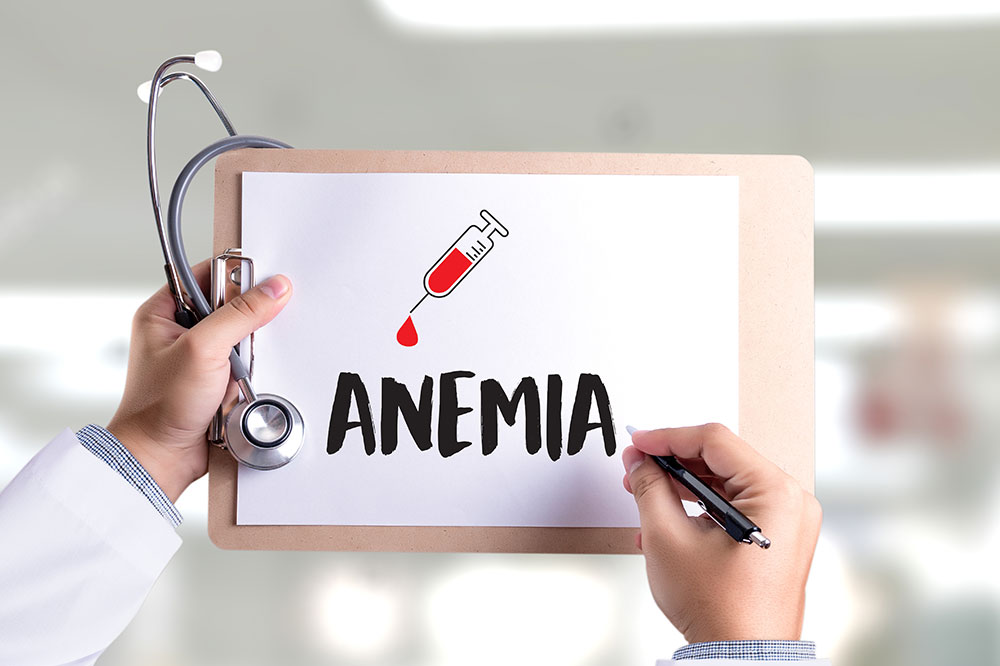Comprehensive Guide to Iron-Rich Diets and Managing Iron Intake Safely
This comprehensive article explores the vital importance of iron-rich diets, highlighting key sources of iron, health benefits of proper intake, and risks associated with excessive consumption. It offers practical guidance for maintaining a balanced iron intake to support overall health, prevent deficiency, and avoid toxicity. Perfect for health-conscious individuals, pregnant women, vegetarians, and those seeking to understand the complexities of iron nutrition and management, ensuring optimal well-being through informed dietary choices.

The Crucial Role of Iron in Nutrition and the Potential Dangers of Overconsumption
Iron is an indispensable mineral that plays a vital role in maintaining overall human health. It is essential for oxygen transportation in the blood, supporting cellular functions, and maintaining energy levels. Iron deficiency remains one of the most common nutritional deficiencies worldwide, often leading to anemia, fatigue, and weakened immunity. Conversely, excessive iron consumption can have adverse health effects, emphasizing the importance of understanding optimal intake levels. This extensive guide delves into the significance of iron in our diet, sources of iron, health benefits associated with adequate intake, and the risks linked to excess consumption, providing actionable insights for a balanced approach to iron nutrition.
Understanding the Different Forms of Iron and Their Food Sources
Iron exists in two primary forms in the diet: heme iron and non-heme iron. Recognizing these forms is crucial because they differ in absorption efficiency and dietary sources.
**Heme Iron**: Found predominantly in animal-based foods, heme iron is more bioavailable and is absorbed by the body with greater ease. Key sources include red meats such as beef, lamb, and pork, which are rich in this form of iron.
**Non-Heme Iron**: Present in plant-based foods like legumes, grains, nuts, seeds, and dark leafy greens. Its absorption is less efficient and can be enhanced by consuming vitamin C-rich foods concurrently.
To optimize iron intake, it’s important to include a variety of these food sources, whether you follow a vegetarian or omnivorous diet.
Top Iron-rich Food Sources for a Nutritious Diet
Integrate these foods into your daily meals to ensure sufficient iron levels:
**Animal-based sources**: Lean cuts of beef, lamb, and pork, as well as poultry like chicken and turkey, provide high-quality heme iron that is readily absorbed by the body.
**Seafood**: Oysters, clams, shrimp, salmon, and tuna are excellent sources of both heme and non-heme iron, contributing to a balanced nutrient intake.
**Plant-based sources**: Legumes such as lentils, chickpeas, kidney beans, and soybeans are rich in non-heme iron. Incorporate them into soups, salads, or main dishes.
**Nuts and Seeds**: Almonds, pumpkin seeds, cashews, and sunflower seeds offer moderate amounts of iron, making them perfect for snacks or meal toppings.
**Dark Leafy Greens**: Kale, spinach, collard greens, and Swiss chard are excellent sources, especially when cooked to enhance bioavailability.
**Fortified Foods**: Many cereals, grains, and bread products are fortified with iron, serving as an easy way to boost daily intake.
By diversifying your diet with these iron-rich foods, you support vital physiological processes, including red blood cell formation, oxygen transport, and immune function. Proper intake of this mineral is essential for maintaining vitality, especially in populations vulnerable to deficiency such as pregnant women, children, and vegetarians.
Health Benefits of Adequate Iron Intake
Consuming enough iron offers numerous health benefits, contributing significantly to overall wellness and disease prevention:
Prevention of Anemia: Iron is a core component of hemoglobin, the protein in red blood cells responsible for transporting oxygen. Adequate iron intake helps prevent iron-deficiency anemia, which can cause symptoms such as fatigue, weakness, pallor, and shortness of breath.
Enhanced Energy Levels: Iron deficiency often results in tiredness and low energy. Optimizing iron intake improves stamina and vitality, enabling individuals to perform daily activities effectively.
Immune System Support: Iron plays a critical role in white blood cell production, bolstering the body's ability to fight infections and recover from illnesses.
Cognitive and Brain Health: Adequate oxygen supply facilitated by iron is essential for optimal brain function, concentration, and learning capacity. Iron deficiency has been linked to impaired cognitive development, particularly in children.
Muscle Function and Physical Activity: Iron supports muscle oxygenation, impacting strength, endurance, and overall physical performance.
Pregnancy and Fetal Development: During pregnancy, iron demand increases significantly to support fetal growth and maternal health. Iron deficiency during this critical period can lead to complications like preterm birth and developmental issues.
For those experiencing symptoms such as persistent fatigue, weakness, or difficulty concentrating, it is advisable to evaluate dietary iron intake and seek medical guidance for appropriate testing and intervention.
The Risks and Dangers of Iron Overload
While iron deficiency poses recognized health concerns, excessive iron intake can be equally problematic. Understanding the risks associated with iron overload allows for better management of dietary habits and supplement use.
Digestive Distress: Overconsumption of iron, especially from supplements or heavily fortified foods, can cause gastrointestinal problems, including nausea, constipation, diarrhea, and stomach discomfort.
Mineral Imbalance: Excess iron can interfere with the absorption of other vital minerals like calcium, magnesium, and zinc, potentially disrupting overall mineral homeostasis.
Chronic Disease Development: Elevated iron stores have been linked to increased risks of cardiovascular diseases, type 2 diabetes, and certain types of cancer, possibly due to oxidative stress caused by free radicals.
Organ Damage and Iron Toxicity: Very high levels of iron can accumulate in organs such as the liver, heart, and pancreas, resulting in conditions like hemochromatosis. Symptoms may include joint pain, fatigue, liver pain, and irregular heartbeats.
Increased Susceptibility to Infections: Iron is a vital nutrient for bacteria and other pathogens. Excess iron can promote bacterial growth, potentially heightening infection risks, especially in immunocompromised individuals.
It’s important to consult healthcare professionals before taking iron supplements or making significant dietary changes, particularly if you have underlying health conditions. Blood tests can help determine your iron levels and guide appropriate dietary or medical interventions. Striking an optimal balance is essential for maintaining health and avoiding the adverse effects associated with iron overload.
In summary, iron is a cornerstone of good health. Ensuring adequate intake through a varied diet secures vital functions, while avoiding excess prevents potential health complications. Regular medical consultation and personalized dietary planning are recommended to achieve optimal iron status and sustain overall health.





